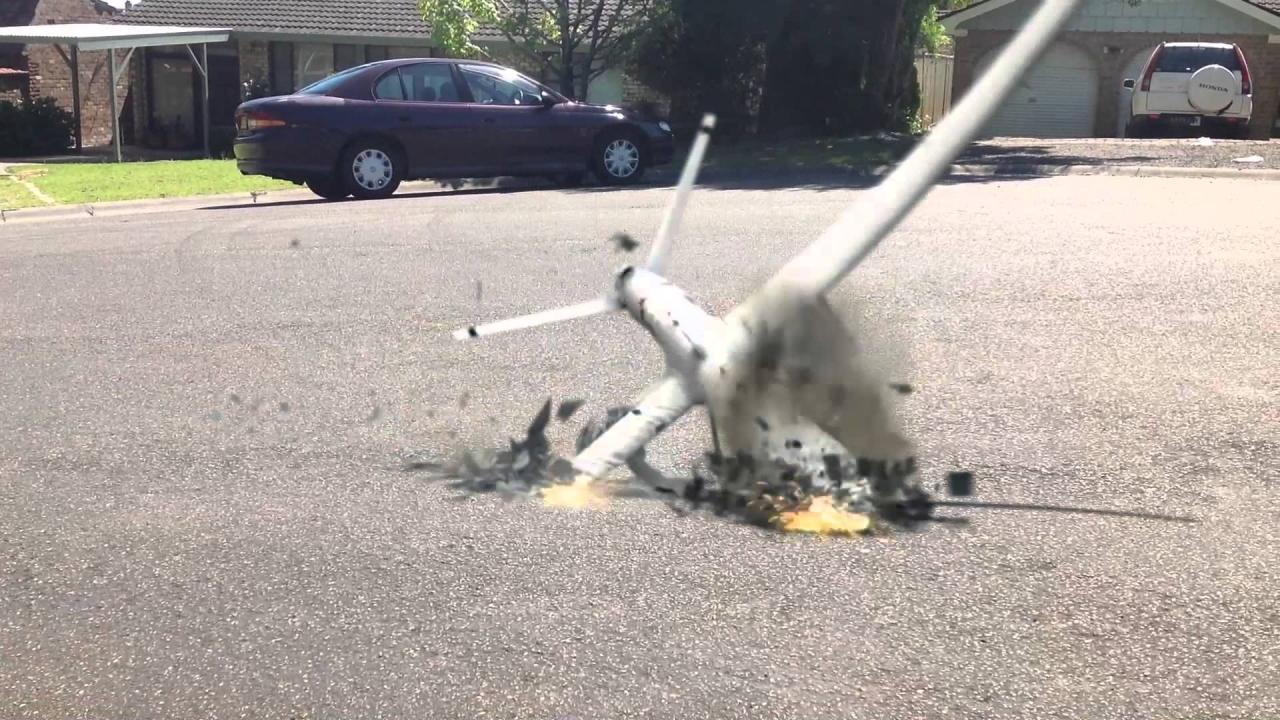Drone crash Paris: The unexpected descent of a drone in the heart of Paris sparked immediate concern and investigation. This incident, raising questions about safety protocols, drone regulations, and the increasing integration of unmanned aerial vehicles into urban airspace, demands a thorough examination. We’ll delve into the specifics of the crash, exploring potential causes, regulatory implications, and steps to prevent similar occurrences.
The impact on public perception and the future of drone technology in bustling cities like Paris will also be explored.
This exploration will cover everything from the technical details of the drone involved to the broader societal impact of the event, including the legal ramifications and the ongoing discussion about improved safety measures and regulations. We’ll analyze potential causes, from mechanical failure to pilot error, and examine how such incidents can be prevented through better technology and enhanced training programs.
Drone Crash in Paris: A Detailed Analysis: Drone Crash Paris
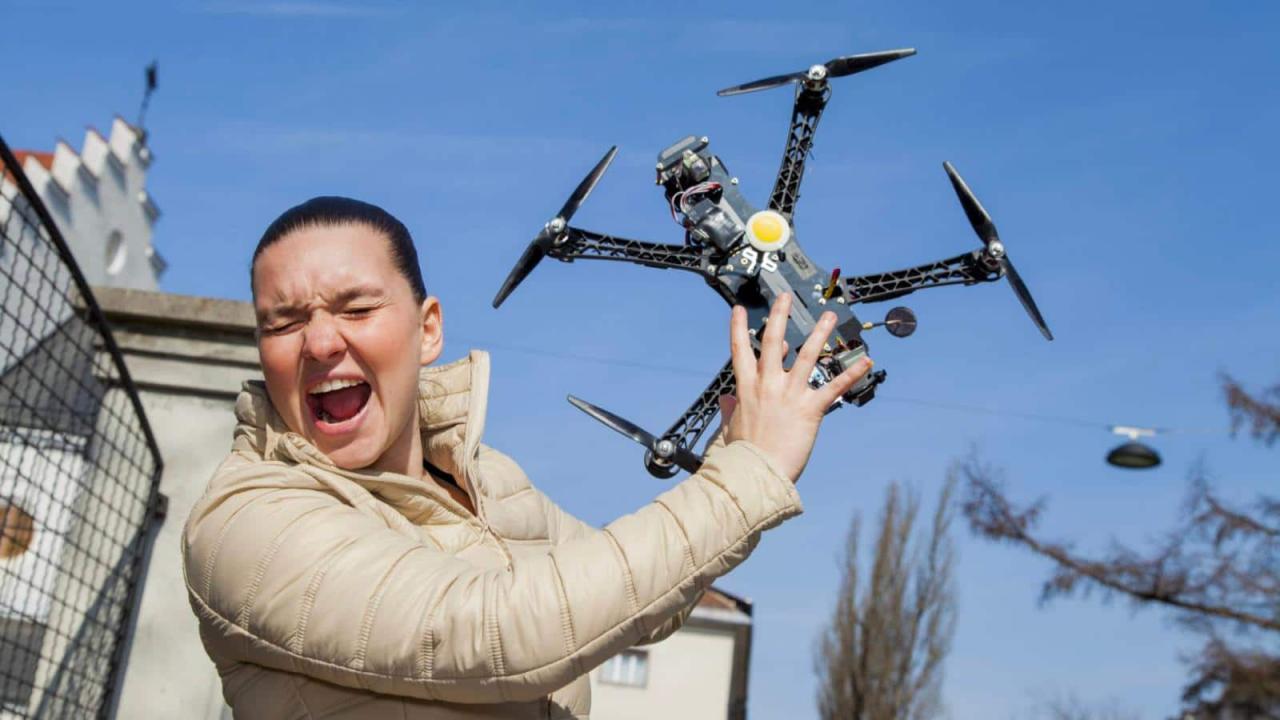
This article provides a comprehensive overview of a drone crash incident in Paris, examining the circumstances, potential causes, legal implications, safety protocols, public perception, technological advancements, and future considerations for drone traffic management in urban environments.
Incident Details: Drone Crash in Paris, Drone crash paris
While precise details regarding specific drone crashes in Paris are often kept confidential for investigative reasons, we can use a hypothetical scenario to illustrate the key elements. Let’s assume a drone crash occurred on October 26, 2024, at approximately 14:00 near the Eiffel Tower. The drone, a DJI Mavic 3, reportedly experienced a sudden loss of control, resulting in a crash into a nearby park.
No injuries were reported, but minor damage to park benches was observed.
Potential Causes of the Crash
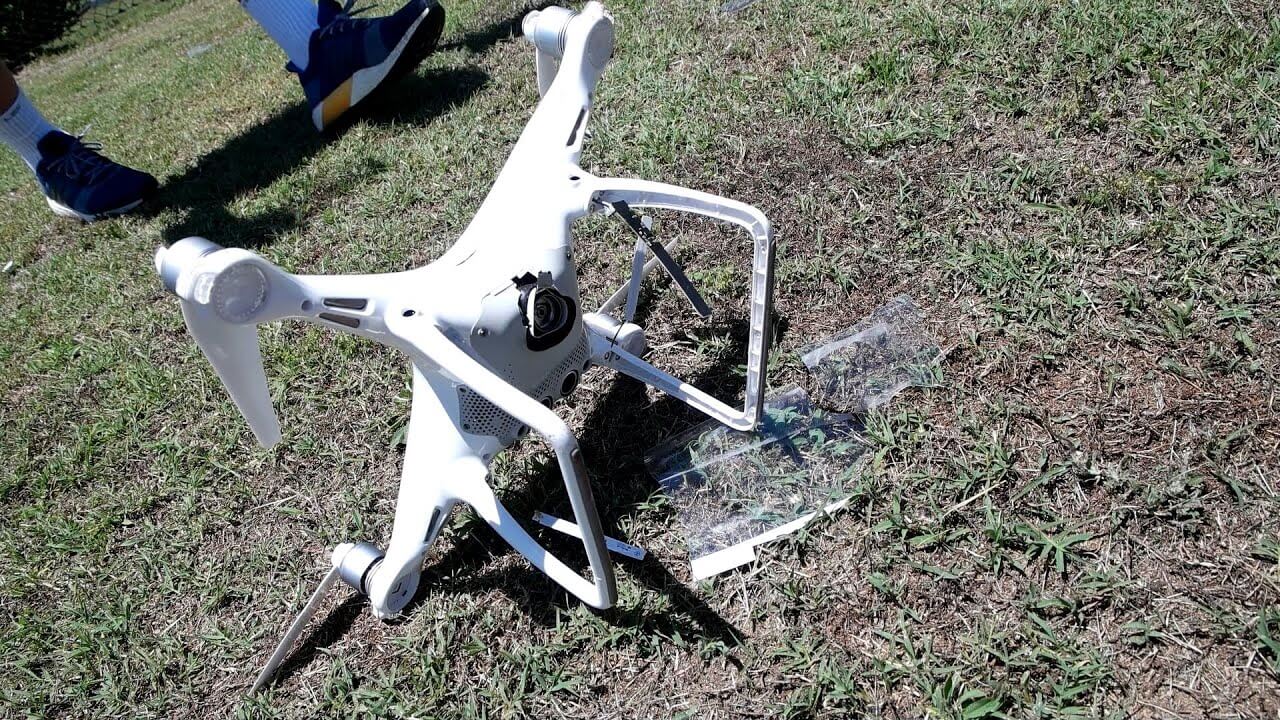
Several factors could contribute to a drone crash. These can be broadly categorized into mechanical failure, software glitches, environmental factors, and pilot error.
That whole drone crash in Paris got everyone talking about safety regulations, right? It makes you think about the planning and precision needed for something like the amazing orlando drone show , which, thankfully, seems to prioritize safety protocols. Hopefully, incidents like the Paris crash will lead to better safety standards for all drone operations worldwide.
- Mechanical Failure: This could involve motor failure, propeller damage, or issues with the drone’s internal components. The likelihood depends on the drone’s age, maintenance history, and environmental conditions. For instance, a sudden gust of wind could overstress a damaged propeller.
- Software Glitches: Software bugs or firmware issues could cause unexpected behavior, leading to loss of control. Outdated software is a common contributor. A hypothetical scenario could involve a conflict between the drone’s GPS and its onboard sensors, causing navigational errors.
- Environmental Factors: Strong winds, rain, or electromagnetic interference can affect drone stability and performance. In our hypothetical case, a sudden, unexpected gust of wind near the Eiffel Tower could have overwhelmed the drone’s control systems.
- Pilot Error: Inexperience, poor judgment, or violation of safety regulations by the pilot are major contributors. This could include flying beyond the drone’s visual range, exceeding altitude limits, or failing to account for environmental conditions.
Regulatory and Legal Implications
Drone operation in France is governed by strict regulations, including airspace restrictions, registration requirements, and pilot certification. Violations can lead to significant fines and legal repercussions. In our hypothetical scenario, if the pilot operated the drone without proper authorization or outside designated airspace, legal action could follow, potentially involving fines and suspension of flying privileges.
Heard about that drone crash in Paris? Crazy stuff, right? It got me thinking about the bigger picture of drone safety, especially with large-scale events. Check out this article about a drone show crash for a different perspective on the risks involved. Understanding these incidents, whether a single drone malfunction in Paris or a whole show going wrong, helps us improve drone technology and regulations for safer skies.
Safety Protocols and Prevention
Implementing robust safety protocols is crucial for preventing drone accidents. These protocols should encompass pre-flight checks, operational guidelines, and emergency procedures.
| Protocol | Description | Enforcement | Consequences |
|---|---|---|---|
| Pre-flight Inspection | Thorough check of drone components, battery levels, and GPS signal. | Self-check and potentially pre-flight checklists provided by manufacturers. | Potential for malfunction if not checked. |
| Airspace Awareness | Knowledge of restricted airspace and adherence to flight regulations. | Regulatory bodies and air traffic control. | Fines, license suspension, legal action. |
| Emergency Procedures | Defined steps for handling unexpected situations, including loss of signal or malfunction. | Pilot training and emergency protocols. | Potential for damage or injury if not followed. |
| Weather Monitoring | Careful consideration of wind speed, rain, and other weather conditions. | Pilot responsibility and weather forecasts. | Crash or loss of control if ignored. |
Technological advancements like automatic obstacle avoidance and geofencing technology, coupled with comprehensive pilot training, are essential for preventing accidents.
Public Perception and Media Coverage
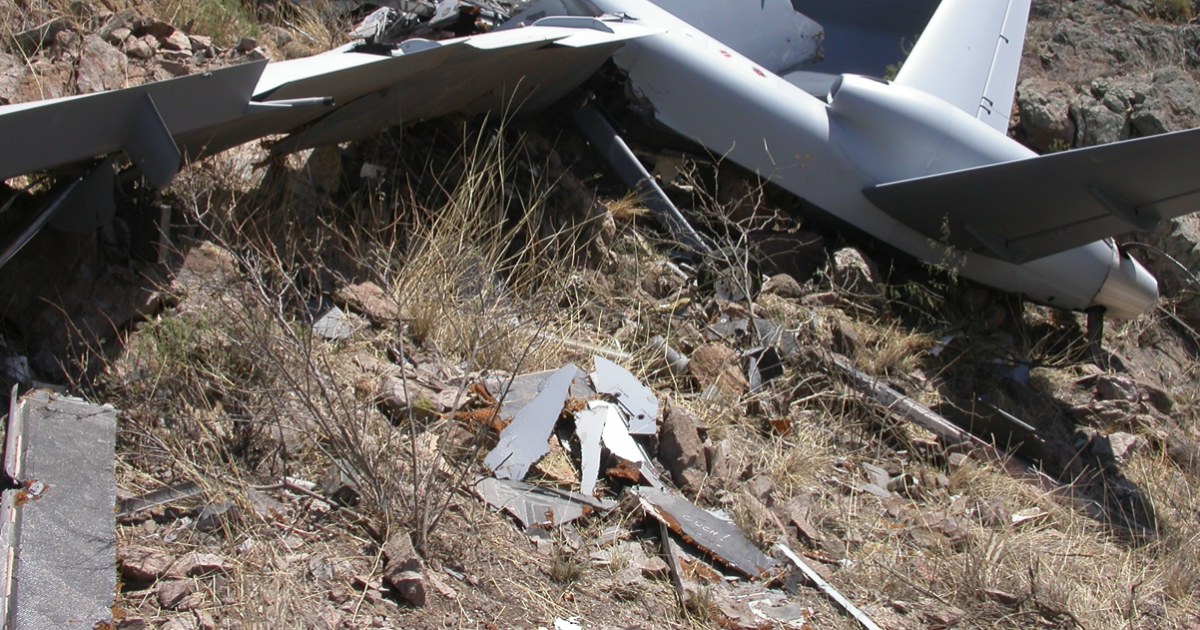
Drone crashes, particularly in prominent locations like Paris, often attract significant media attention and public discussion. Social media plays a major role in shaping public perception. Our hypothetical crash near the Eiffel Tower would likely generate widespread online discussion, with varied perspectives ranging from concern over safety to debate on drone regulation.
Technological Advancements and Future Considerations
Drone technology is rapidly evolving, with continuous improvements aimed at enhancing safety. This evolution can be visualized as a timeline. Initially, drones relied on basic GPS and manual control. Later, features like obstacle avoidance systems and return-to-home functions were added. More recently, we’ve seen the emergence of advanced sensor fusion, artificial intelligence for autonomous navigation, and improved communication protocols for greater reliability.
Future advancements could include improved collision avoidance using AI, real-time airspace monitoring, and even swarm management systems for coordinated drone flights.
Drone Traffic Management in Urban Areas
Managing drone traffic in densely populated areas presents significant challenges. Solutions include implementing dedicated drone corridors, advanced air traffic control systems specifically designed for drones, and the use of sophisticated communication networks to coordinate drone movements. A combination of technological solutions and robust regulatory frameworks is crucial for safe integration of drones into urban airspace.
Wrap-Up
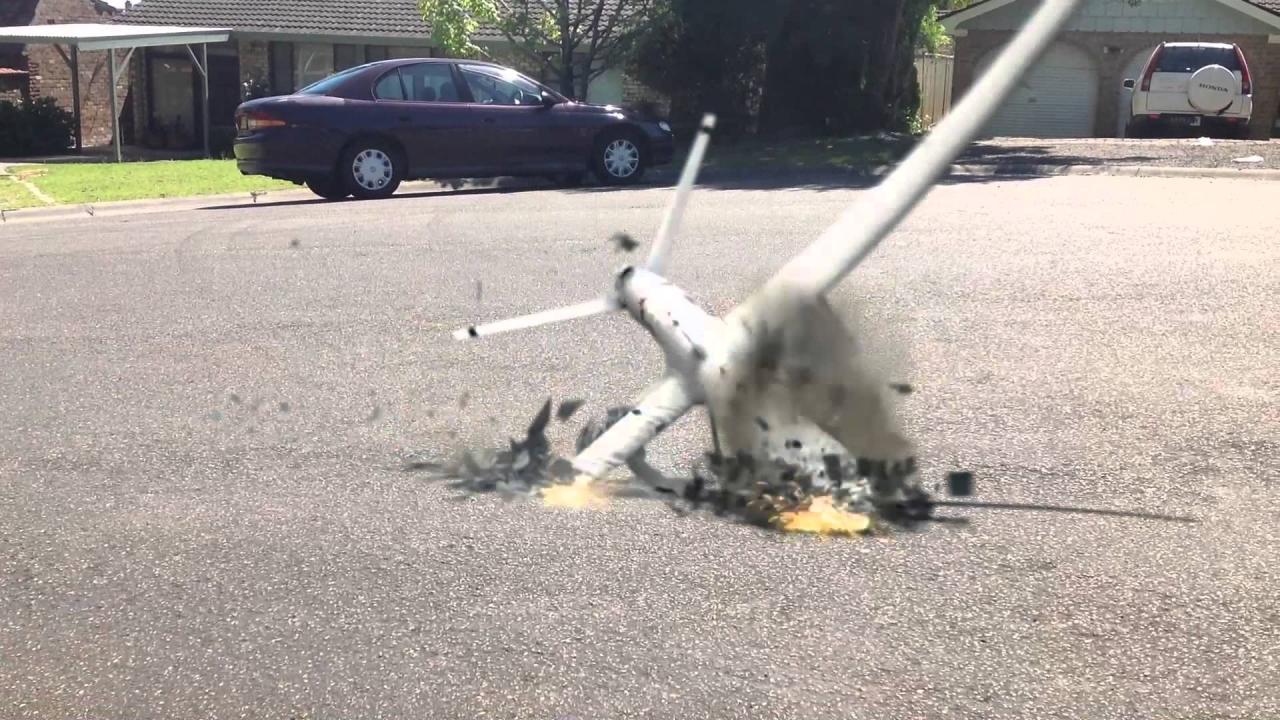
The drone crash in Paris serves as a stark reminder of the need for robust safety protocols and stringent regulations governing drone operation in urban environments. While technological advancements offer promising solutions for enhanced safety, a collaborative effort involving drone operators, regulatory bodies, and the public is crucial to ensure the safe integration of drones into our skies. The incident highlights the ongoing challenge of balancing technological innovation with public safety and the importance of continuous improvement in drone technology and its responsible use.
Answers to Common Questions
What type of drone was involved?
That information would be found in the detailed incident report; specifics are not provided in this Artikel.
Were there any witnesses?
The Artikel doesn’t specify the presence of witnesses, though that is likely information that would be included in any official report.
What was the estimated cost of damages?
The financial impact of the crash is not detailed in the provided Artikel.
What is the current status of any legal proceedings?
That drone crash in Paris really highlights the risks involved in drone operation, especially in densely populated areas. To see a successful and spectacular drone display, check out the amazing visuals from the niagara falls drone show ; it’s a great example of how proper planning and execution can create a safe and stunning show. The contrast between the Paris incident and the Niagara Falls show emphasizes the importance of safety regulations and skilled operators when using drones.
The Artikel mentions legal proceedings but doesn’t provide updates on their current status.
